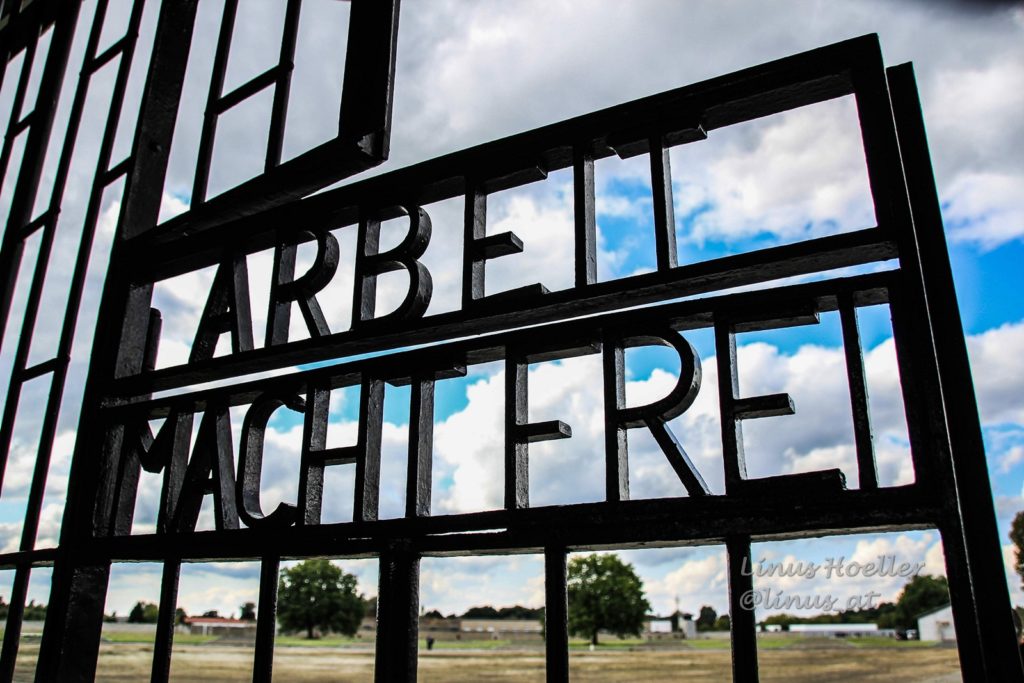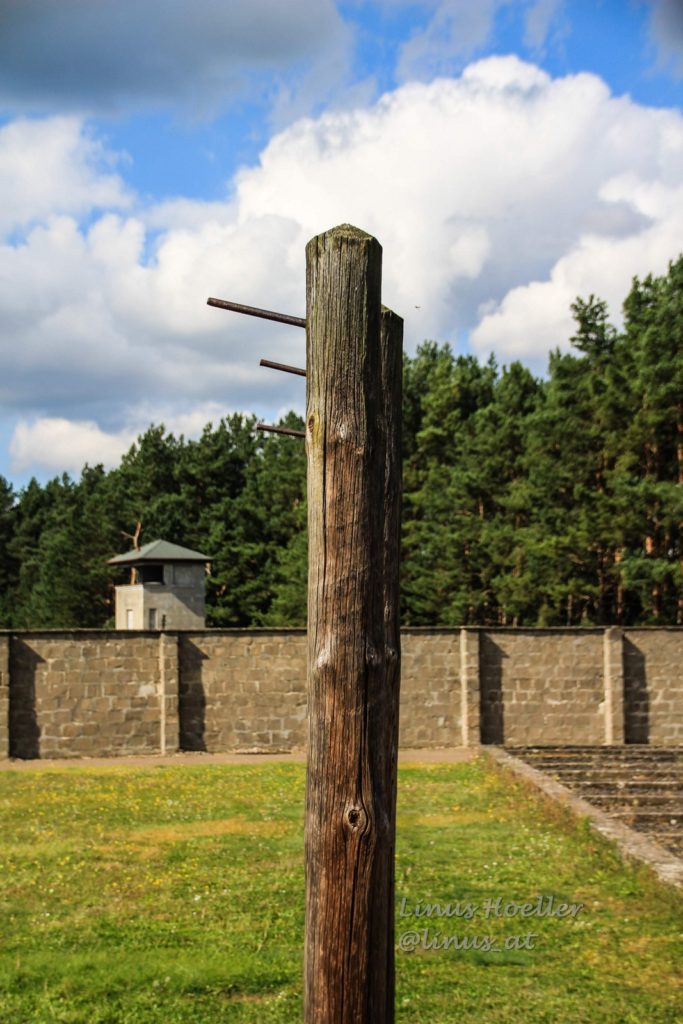This one’s going to be a bit different.
Being born in Austria and having grown up in Germany, the Holocaust – despite having occurred 60 years before my birth – was a very significant part of my education and has played a role in the values that were instilled into me and my friends and colleagues. Many Germans and Austrians have strong emotions toward the atrocities committed by the Nazi empire. I can only speak for myself, but to me, it is not so much a sense of guilt – for I was not alive when these crimes were committed – but rather an increased pressure to remember and to resist any developments that may lead to a repeat or anything similar to what happened between 1933 and 1945 in Europe. I do not promise to keep politics out of this, for they are intrinsically linked to this subject, both for the past and the present.
Before I start with the actual travel report, I want to also make you aware of some other articles I have written on this topic that look at it from a more historical, rather than a traveling standpoint:
– Read: Legislature and the Holocaust – how the “rule of law” paved the way and generated support for the murder of more than six million
– Read: Living with the past – telling the stories of two Jewish women in Hitler’s Berlin
The “Konzentrationslager Sachsenhausen” – Sachsenhausen Concentration Camp – is located just over ten kilometers north of Berlin in a small town named Oranienburg. Set up in 1936, it was one of the earlier concentration camps, and its proximity to Berlin meant that it naturally became the place that Berlin’s jews, opposition, and any others the Nazis deemed “undesirables,” would involuntarily end up. By the end of the war, 200,000 people had been imprisoned in the camp.
The location is easy to reach from Berlin, with Oranienburg being the final stop on the S1 heading north. It is, however, located in ticket zone C as it is outside of the city boundaries of Berlin.
The fact that the concentration camp is so easily accessible naturally isn’t a coincidence. The mass murder of the jews was a carefully planned and executed affair, and the logistics of moving people to their death were meticulously thought through from the very start.

Ahead of entering the main part of the camp, one is greeted by this entrance building. On the square in front of it, all incoming inmates would be required to strip entirely naked, have their hair shorn off and their body cavities searched. It was at this point that the inmates lost their individuality and would from now on solely be one of the thousands of detained people.

The actual entrance gate to the camp carries the cynical phrase “Arbeit macht frei,” translating roughly to “work liberates” – a slogan which was also posted at the infamous death camp in Auschwitz, now located in Poland.
Naturally, physically and not just metaphorically back-breaking labor was required from the people imprisoned in Sachsenhausen, but in no way would their work liberate them. Once you were in a concentration camp, you were extremely unlikely to ever come out again, let alone alive.

The main part of the camp which housed the prisoner’s barracks – most of which did not survive to the present day – was constructed in a triangular way so that the guards in the towers on the perimeter wall could have an eye out for people trying to escape at all times. A “neutral zone” was established adjacent to the wall on the inside of the camp, in which the guards were required to shoot any inmate without prior warning.

Behind the neutral zone, rolls of barbed wire and a barbed-wire electric fence were meant to hinder anybody who may have been overseen by the guards from escaping. The camp itself was surrounded by large industrial areas, mainly logging, which were worked by camp inmates. Further, units of Police and SS were stationed nearby at all times. Anybody who miraculously might have escaped would likely not get very far. The prospects they would face if they were captured would be grim, with death being a real possibility.

One form of forced labor-come-torture used at Sachsenhausen was the “Schuhteststrecke” – the “Shoe Testing Track.” Around the open space which was used for roll calls, a track of different surface materials from asphalt to sharp stones was set up. Inmates were forced to walk for innumerable kilometers wearing shoes that were being developed for Germany’s military, the Wehrmacht. The purpose of this was on the one hand to torture the detainee, of course, but it also provided the military with valuable information about the durability of their equipment. The victims of Nazi Germany thus, as with the forced labor in the industry nearby, were forced to help Germany in its efforts to win the war.

One of the single most gruesome torture methods at Sachsenhausen was the one pictured above. Inmates would have their hands tied together above their heads and then be hung from their wrists on these poles – their feet not being able to touch the ground. Other inmates were forced to watch. The hanged inmates would be left hanging.
Sachsenhausen, though set up largely as a camp for forced labor, also had the explicit task of killing people. After Germany’s invasion of the Soviet Union, Soviet prisoners of war made up a large number of incoming inmates. In August of 1941, a “Genickschussanlage” – a “contraption” to shoot someone into the back of their neck – was constructed at Sachsenhausen. This essentially consisted of a room with a chair and a small slit in the wall behind the chair to a neighboring room, from which the executioner would shoot the inmate. Up to 18,000 Soviet prisoners of war were murdered in this manner.
Though it was denied or not explicitly confirmed for a while, it is now clear that Sachsenhausen also received a gas chamber of its own, added in 1943. The room was 11 square meters big and could be used to murder up to 60 people at once. We now also know that this specific gas chamber was used for experiments on different methods of how to most efficiently kill people.

The building in which housed the Genickschussanlage and the gas chamber, as well as the ovens of the crematorium (pictured above) no longer exists. Its foundations do, however. While the atmosphere in the entire camp is extremely somber and ought to be (aside from occasional foreign school tour groups), this part of the camp – the gas chamber and crematorium, surrounded by the visible hills of mass graves of thousands, is by far the most impressive.
Sachsenhausen is not a place you will want to stick around. But if you are at all like me, I hope that it will impress you and leave a lasting impact. These atrocities took place less than 80 years ago. Let us not go down a similar path again.
